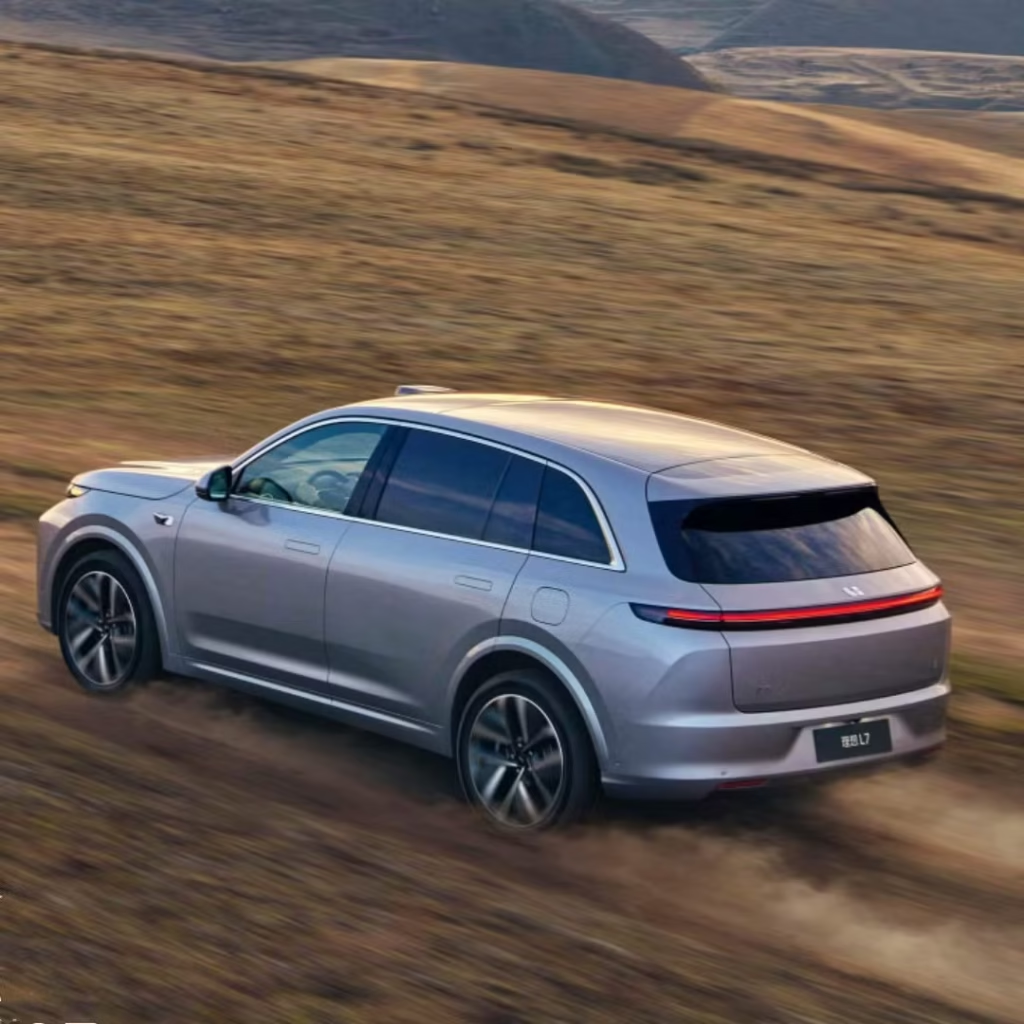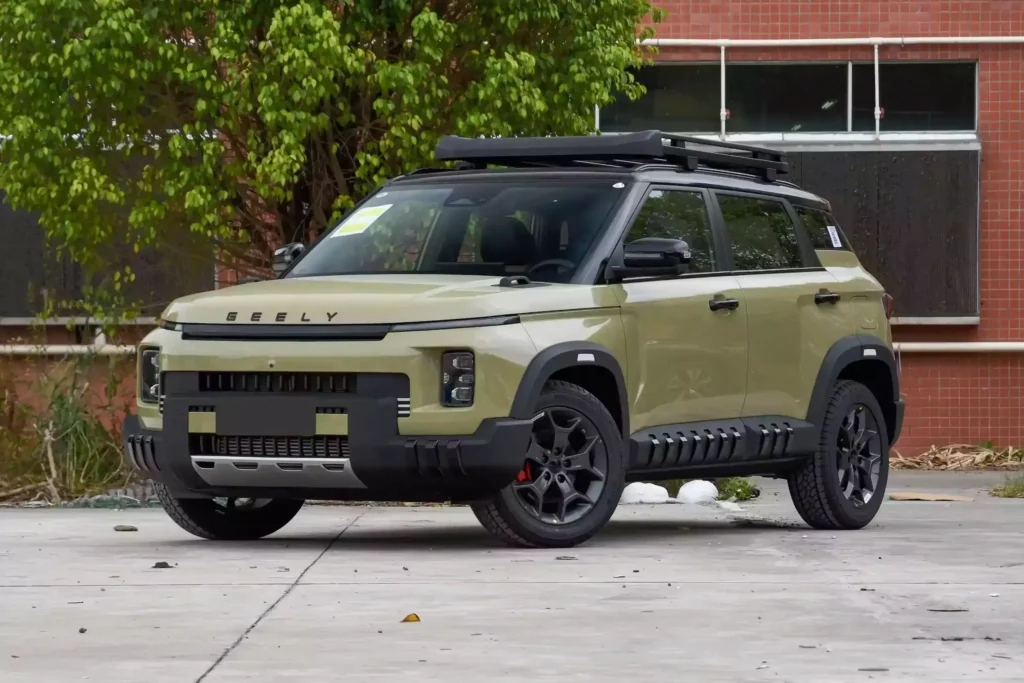Yes, you can drive Chinese cars in America, but it depends on the type of vehicle, its compliance with U.S. regulations, and whether it is imported legally. While many Chinese brands are not officially sold in the U.S., some models are imported through authorized dealers or private channels and can be driven on American roads after meeting federal and state requirements.
Here’s a detailed look at driving Chinese cars in the U.S. and what you need to know.
1. Overview of Driving Chinese Cars in the U.S.
Chinese cars are not widely available through official dealerships, but they can be legally driven if they meet U.S. safety and emissions standards. Most Chinese vehicles are imported through third-party services or private imports, and must pass NHTSA and EPA inspections before being registered and driven.

2. Legal Requirements for Driving Chinese Cars
To legally drive a Chinese car in the U.S., you must:
- Ensure the vehicle meets Federal Motor Vehicle Safety Standards (FMVSS)
- Pass EPA emissions testing
- Obtain a valid title and registration from your state DMV
- Secure insurance that covers the vehicle
- Be aware of state-specific rules for imported vehicles
Some models may require modifications to meet U.S. standards, which can add to the cost and complexity of ownership.

3. Popular Chinese Cars That Are Drivable in the U.S.
While few Chinese cars are officially sold in the U.S., some models have been imported and driven legally:
- BYD Tang – A high-performance electric SUV that has been imported and used in select states
- Geely Emgrand – A stylish sedan that has been brought in by enthusiasts
- Haval H5 – A rugged SUV that is sometimes imported and driven in the U.S.
- Chery Tiggo 7 Pro – A budget-friendly SUV that has found a niche among drivers looking for value and reliability
These models are often imported through specialized channels and may require custom modifications to meet U.S. regulations.

4. Challenges of Driving Chinese Cars in the U.S.
Driving a Chinese car in the U.S. comes with several potential challenges:
- Limited availability of parts and service centers
- Higher costs due to import taxes, shipping, and compliance
- Fewer warranty options compared to domestic or Japanese models
- Resale value may be lower due to brand recognition and market acceptance
- Regulatory hurdles for non-approved models
Despite these challenges, some drivers choose Chinese cars for their affordability and unique features.
5. Future of Chinese Cars in the U.S. Market
As global interest in electric and hybrid vehicles grows, Chinese automakers like BYD and NIO are expanding into the U.S. market through strategic partnerships and local manufacturing.
This trend suggests that more Chinese cars may become available for legal use in the future, especially in the EV and tech-driven segments.

FAQs
Q1: Can I drive a Chinese car in the U.S.?
A1: Yes, as long as the vehicle meets U.S. safety and emissions standards.
Q2: Are Chinese cars allowed in the U.S. without modifications?
A2: Not all—many require compliance checks and upgrades to meet regulatory requirements.
Q3: What are the costs involved in importing a Chinese car?
A3: Costs include shipping, customs, inspection, and registration, which can be significant.
Conclusion
You can drive Chinese cars in America, but it requires compliance, proper documentation, and often additional investment. As Chinese automotive innovation grows, more models may become available and accepted in the U.S. market.

